For centuries, humans have shared their lives with cats, often perceiving them as aloof and independent. However, as science advances in understanding animal behavior, the question arises: do cats experience emotions as complex as humans do? This article explores the scientific insights into the emotional lives of cats, shedding light on the intricacies of feline feelings.
The Feline Mind

To comprehend the emotional landscape of cats, it’s essential to trace their evolutionary roots. Descended from solitary hunters, cats have evolved specific instincts and behaviors. These evolutionarily ingrained traits influence their emotional expressions and how they interact with the world around them.
What Science Says

There has been significant progress in understanding animal emotions in recent years. Researchers agree that many animals, including cats, experience basic emotions such as fear, pleasure, and anger. However, determining the complexity of these emotions compared to humans remains an ongoing debate in the scientific community.
Expression and Emotion
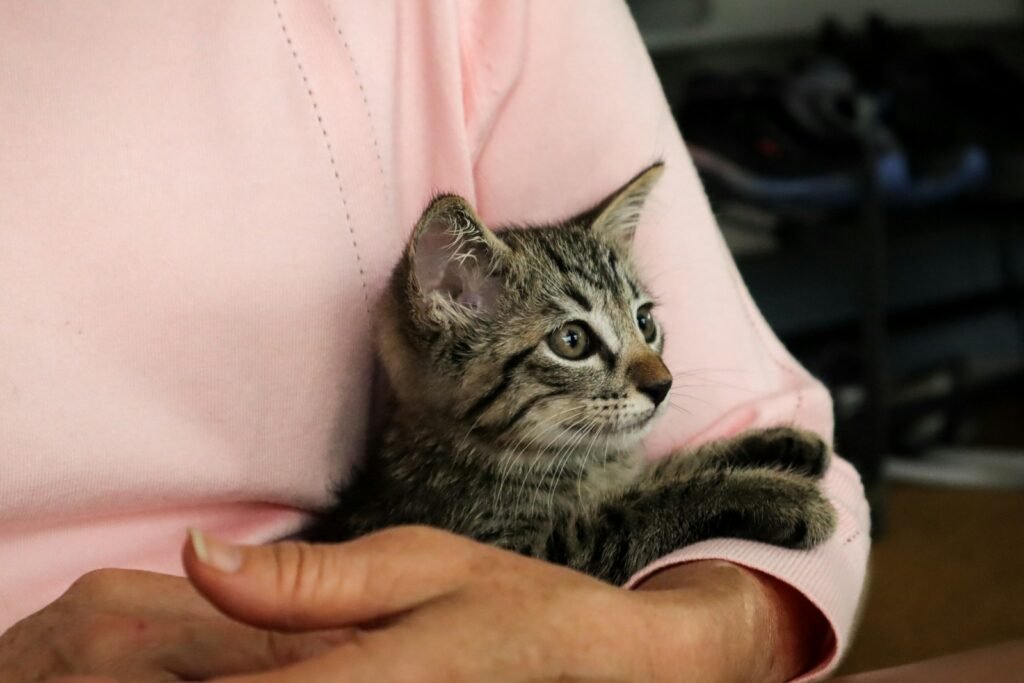
Just like humans, cats use facial expressions to convey their feelings. From narrowed eyes to an upright posture, these subtle cues can provide insight into a cat’s emotional state. Understanding these expressions helps owners better interpret their pets’ needs and moods.
Behavioral Indicators of Feline Emotions
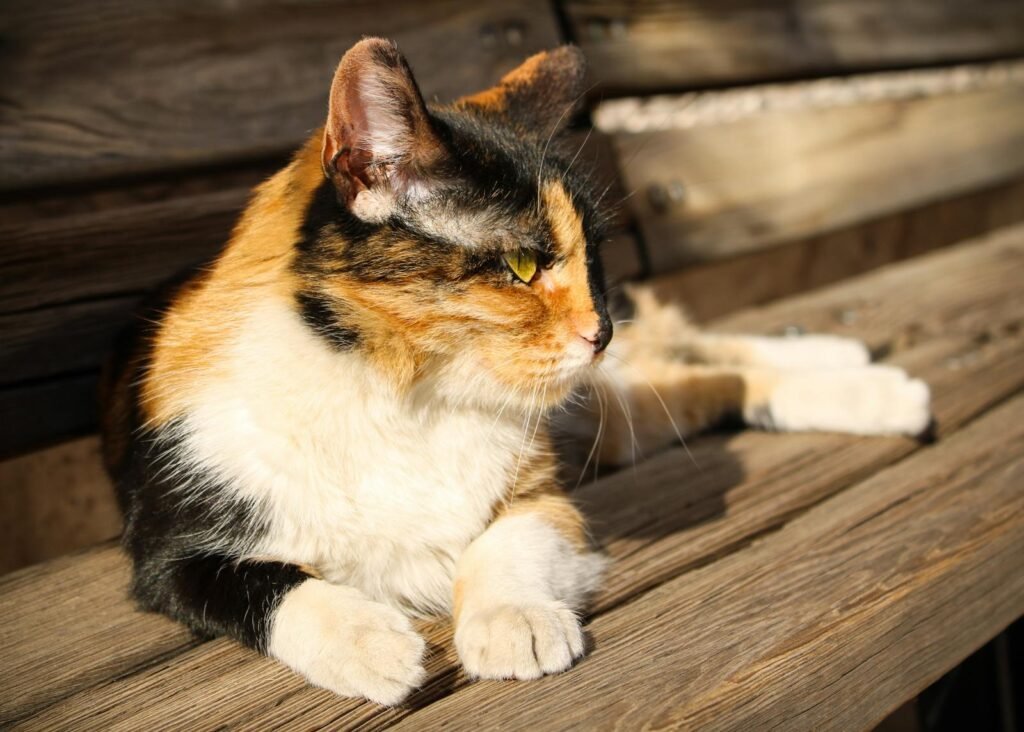
Cats demonstrate a range of behaviors that indicate their emotional state. Purring, for example, is commonly associated with happiness and contentment, but it can also express stress or discomfort. Tail movements, body postures, and vocalizations further provide clues about a cat’s emotions, requiring owners to consider context.
The Role of Human-Cat Relationships

The bond between cats and their human companions can significantly influence a cat’s emotional expressions. Research shows that cats can form strong attachments to their owners, displaying behaviors that suggest affection and trust. They often respond to their owner’s emotions, demonstrating empathy and social sensitivity.
Can They Understand Us?
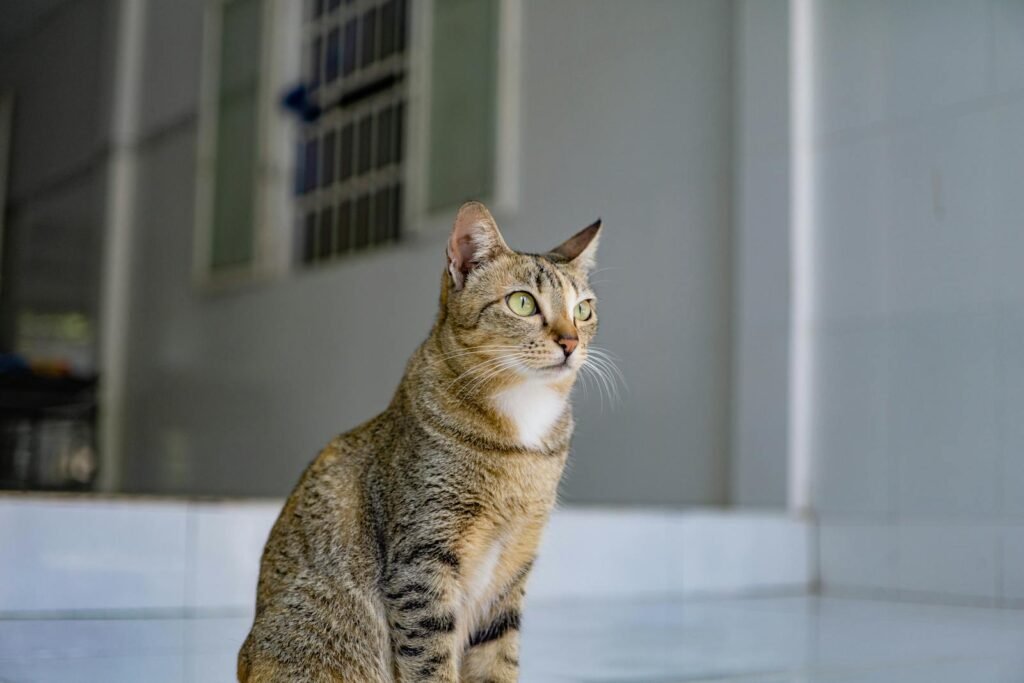
Empathy, the ability to understand and share the feelings of another, is a complex emotion that is not fully understood in cats. While some studies suggest that cats can show empathetic behavior, such as comforting distressed owners, the scientific community remains divided on whether this constitutes true empathy as understood in humans.
The Impact of Environment on Feline Emotions
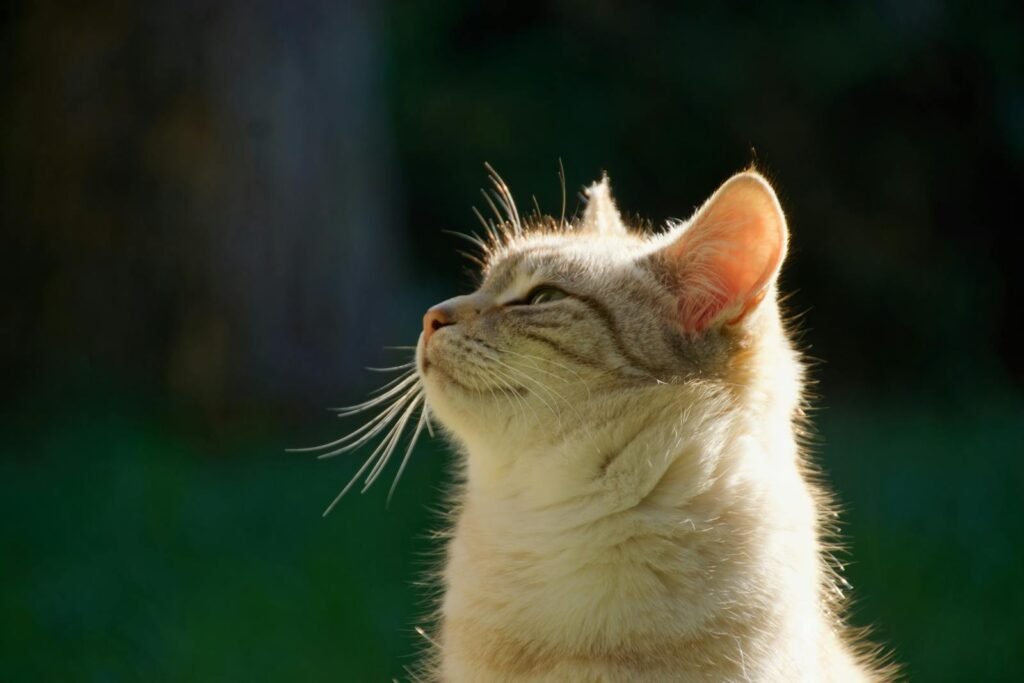
A cat’s environment plays a crucial role in shaping its emotional well-being. Variables such as living conditions, social interactions, and routine can influence a cat’s mood and stress levels. Providing a stable and enriched environment allows cats to express a wider range of positive emotions.
CCats vs. Humans
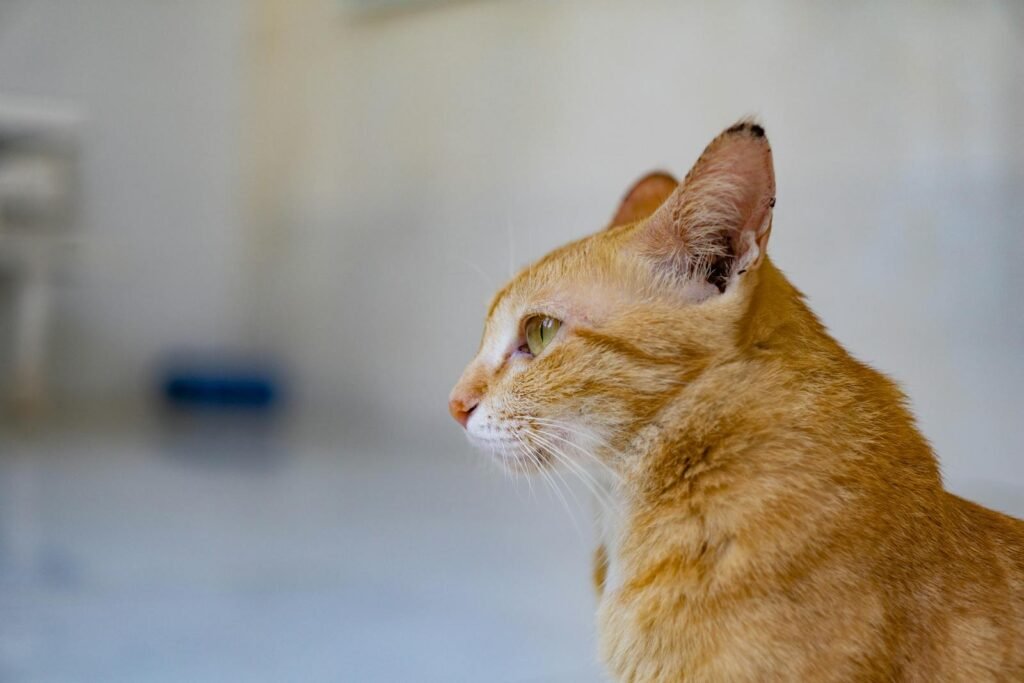
While cats exhibit emotions, comparing them directly to humans is challenging. Human emotions are tied to complex cognitive processes and social constructs that may not be present in cats. However, recognizing that cats have their own emotional intelligence emphasizes the importance of respecting and nurturing their emotional needs.
Acknowledging Feline Emotions
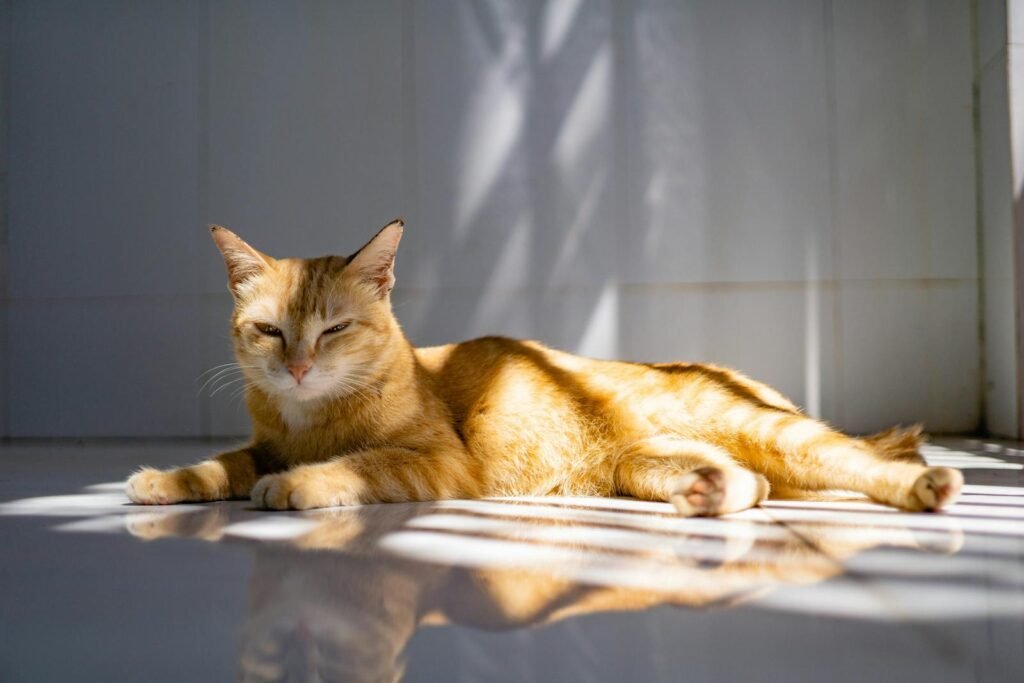
Though cats may not experience emotions in the same complex way humans do, they undoubtedly have rich emotional lives that deserve recognition and respect. Science continues to reveal the depth of their emotions, enhancing our ability to connect with and care for them. By understanding their emotional cues and needs, we can foster more fulfilling and compassionate relationships with our feline companions.

Growing up traveling and experiencing new cultures and wonders, I have had a passion for nature, adventuring, photography, and videography. I am currently working towards a BSc in Biodiversity and Ecology at Stellenbosch University, and I hope to specialise in Marine Sciences one day.
Please send any feedback to Feedback@animalsaroundtheglobe.com






